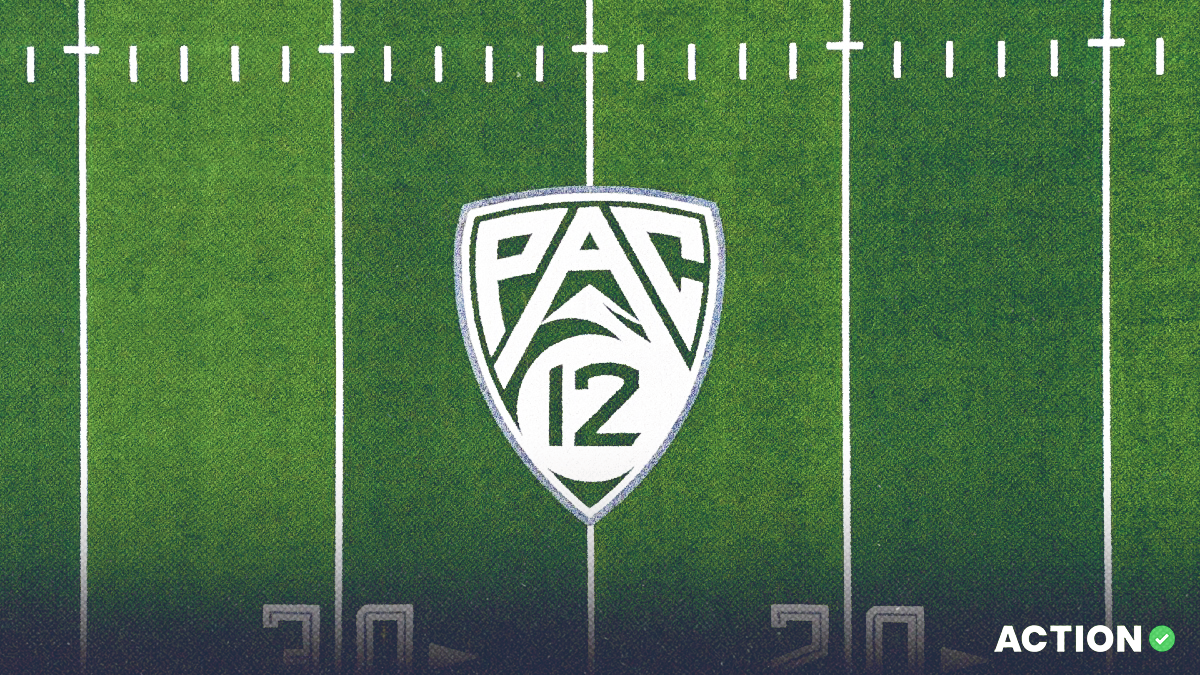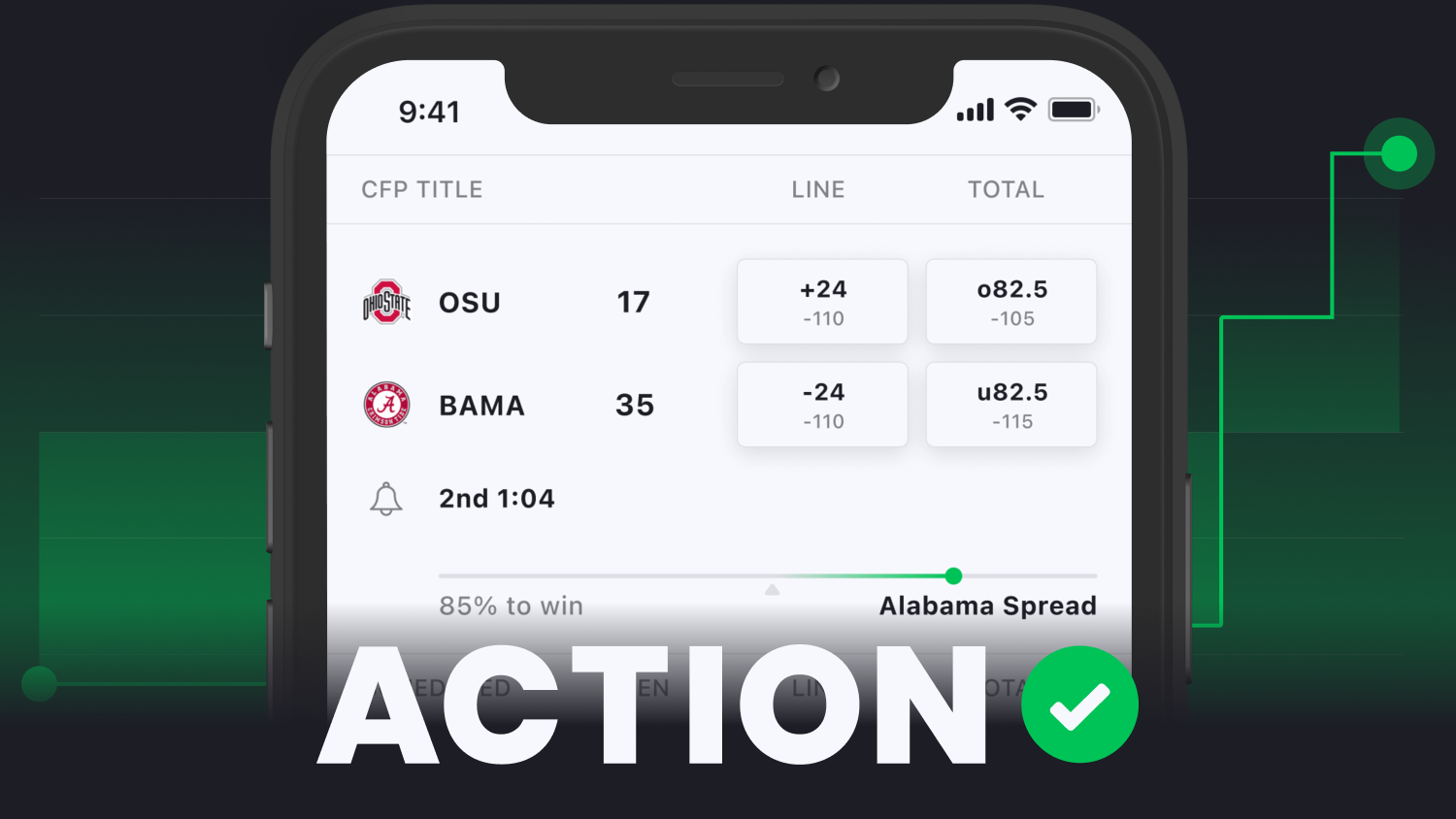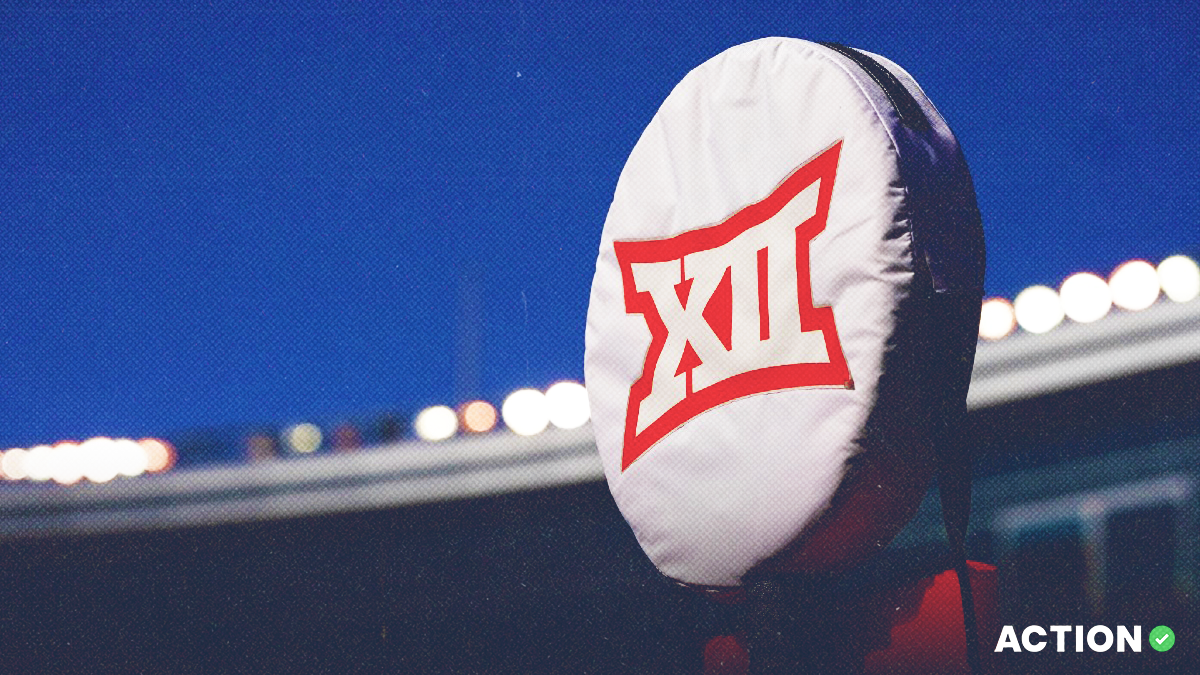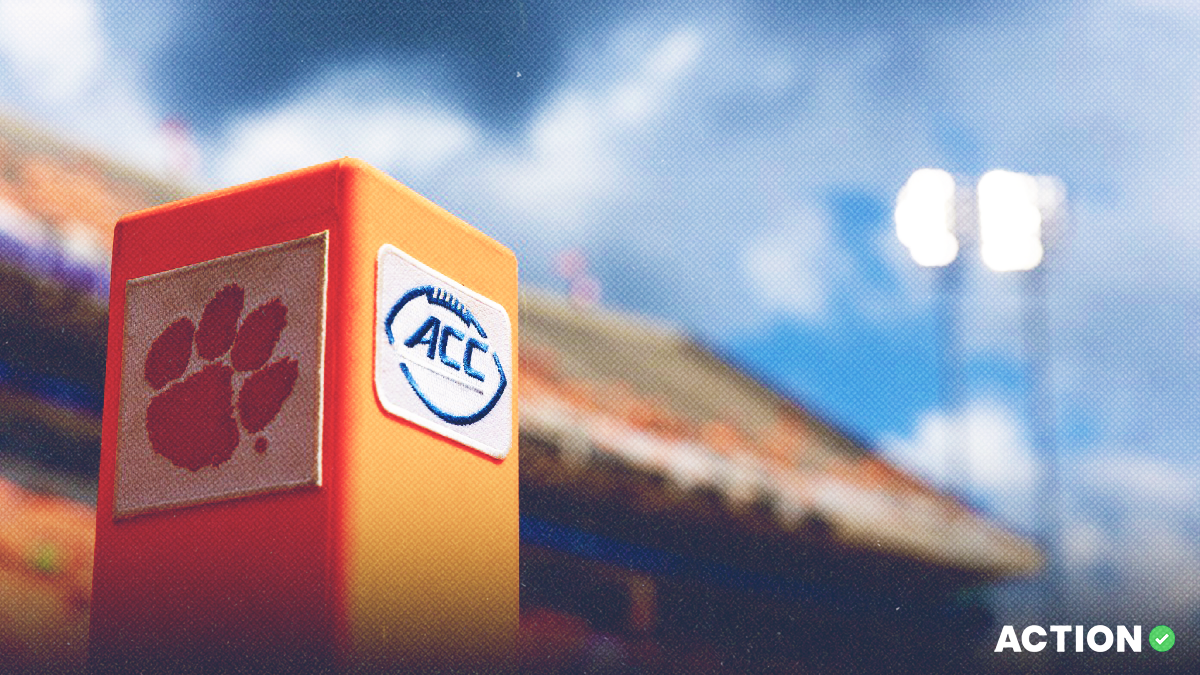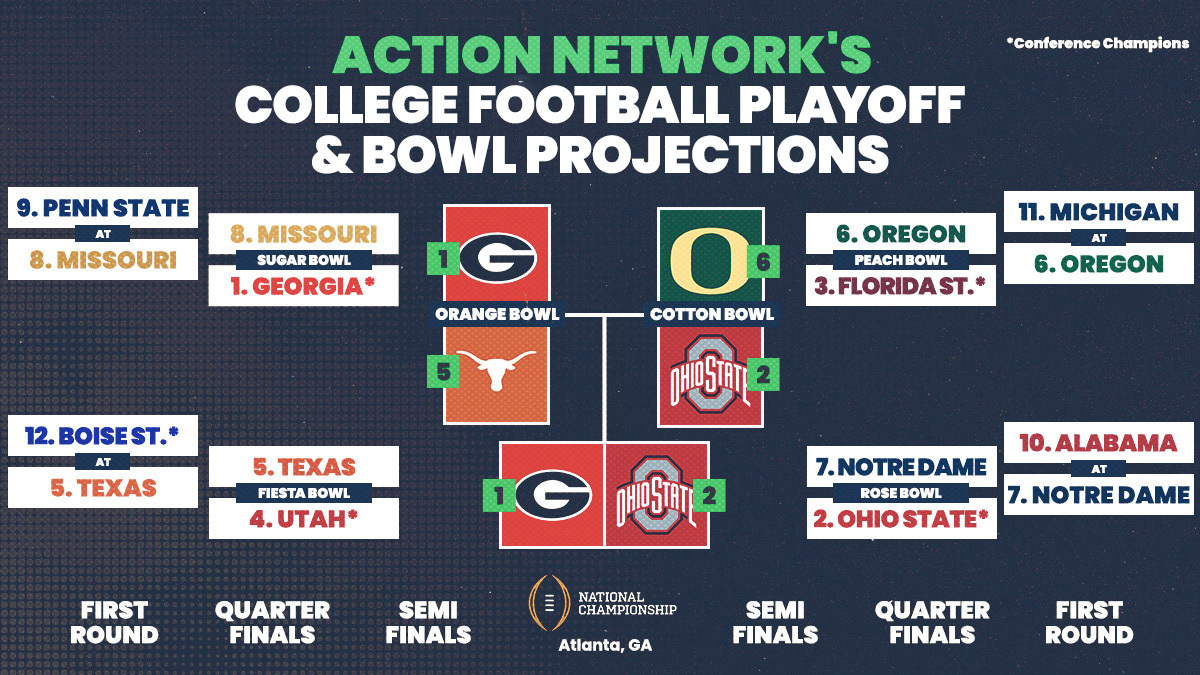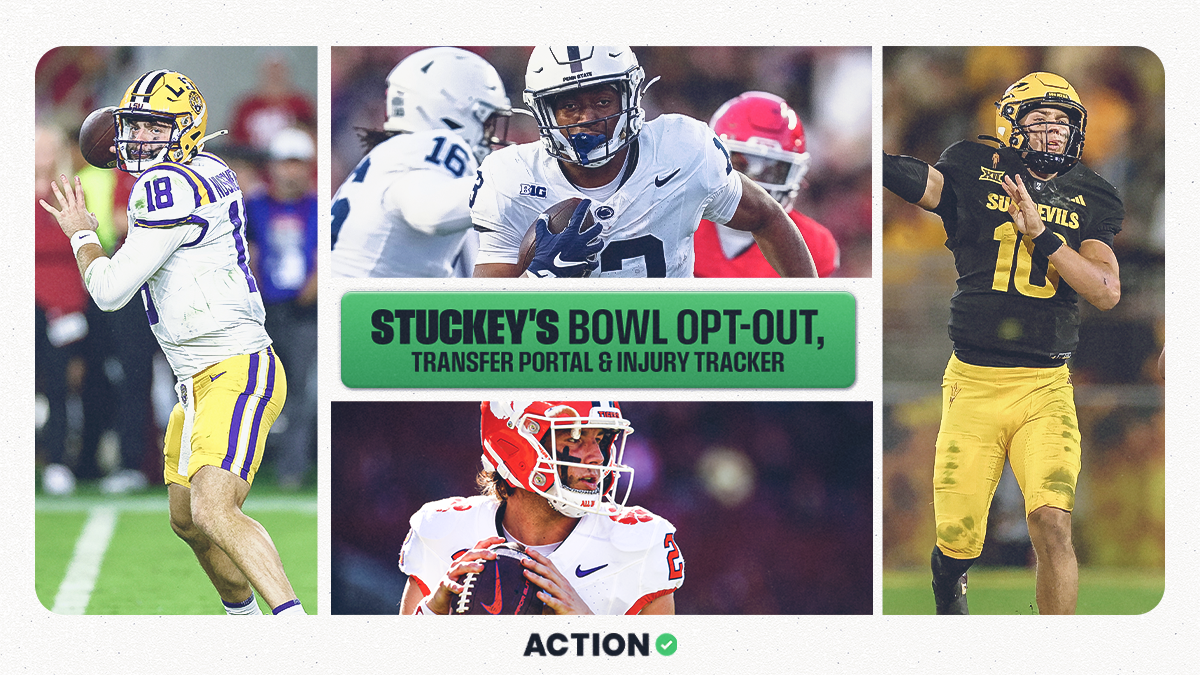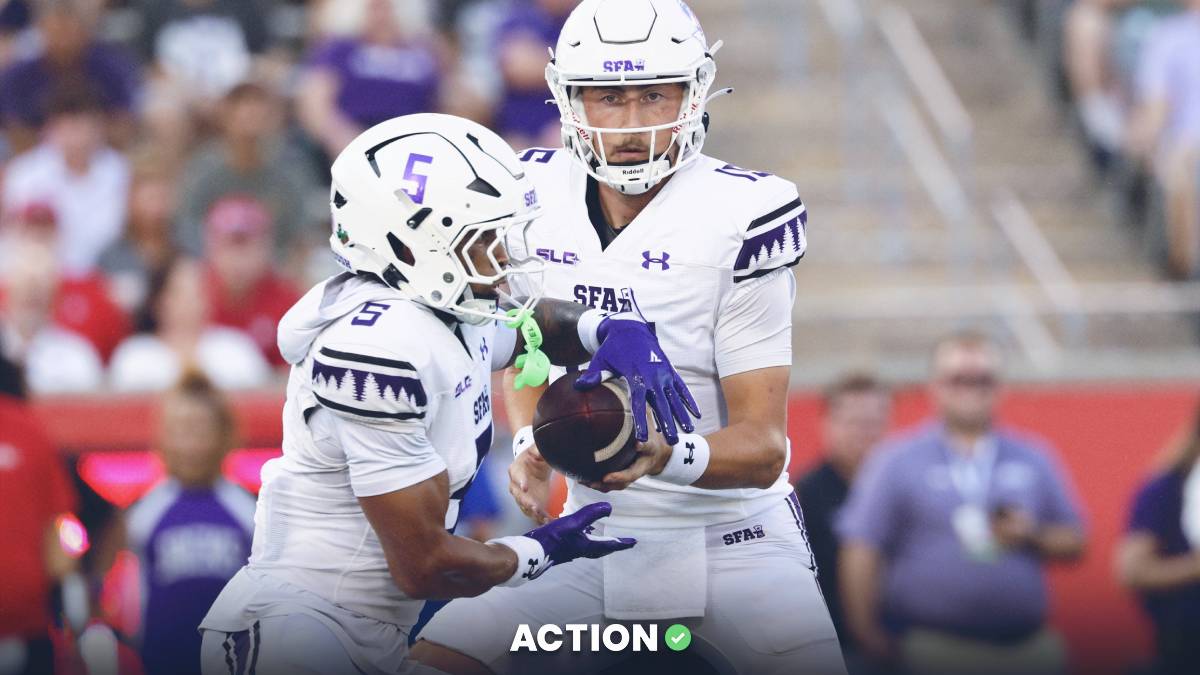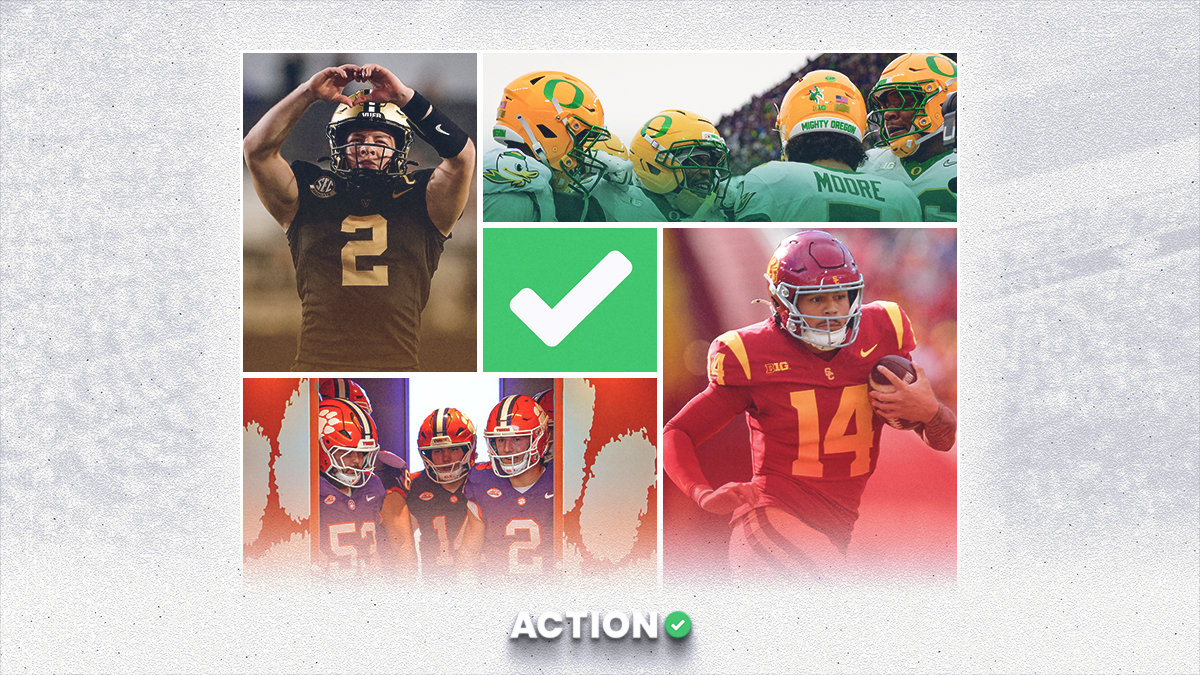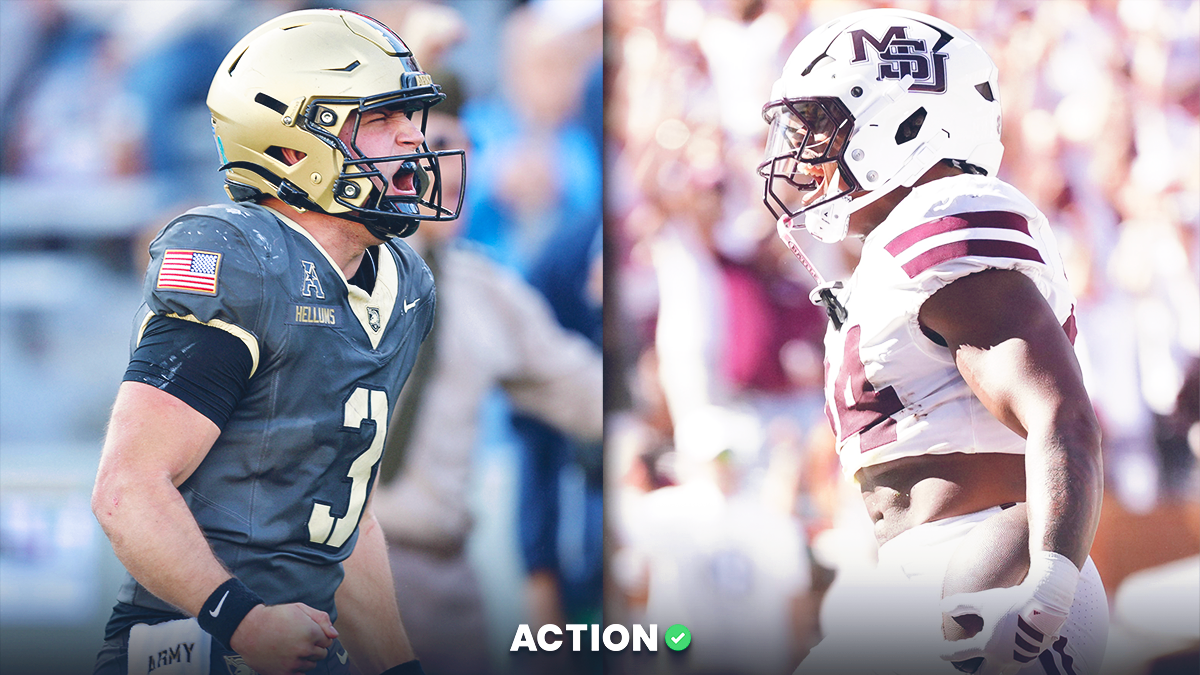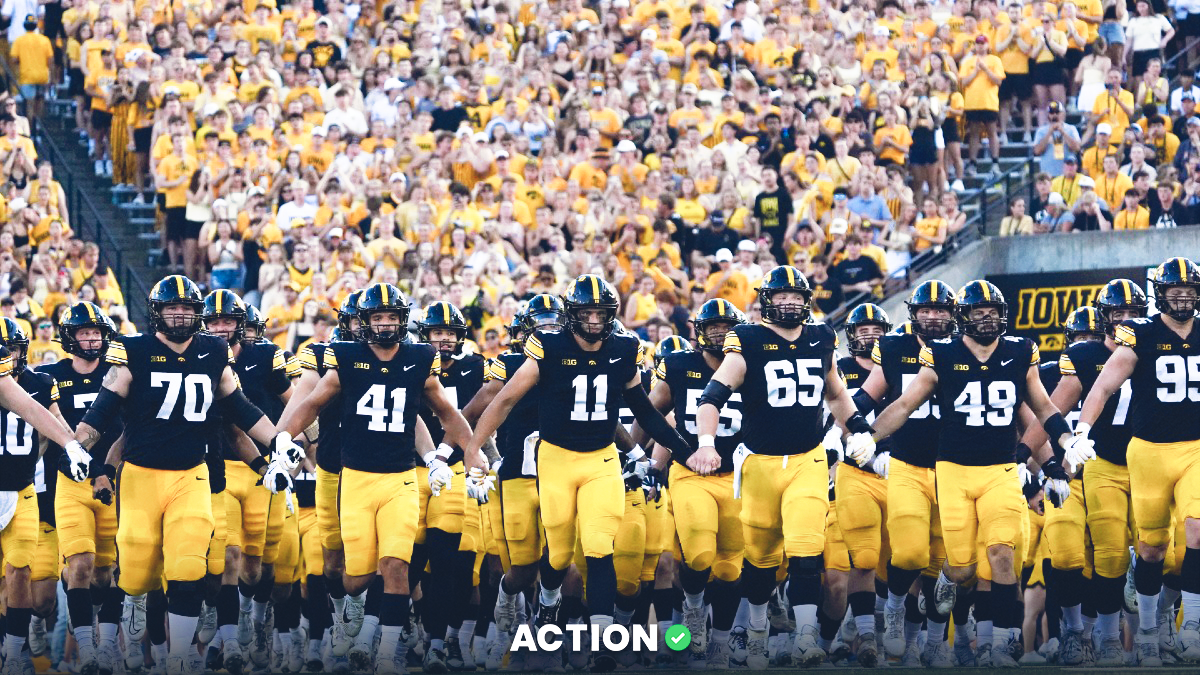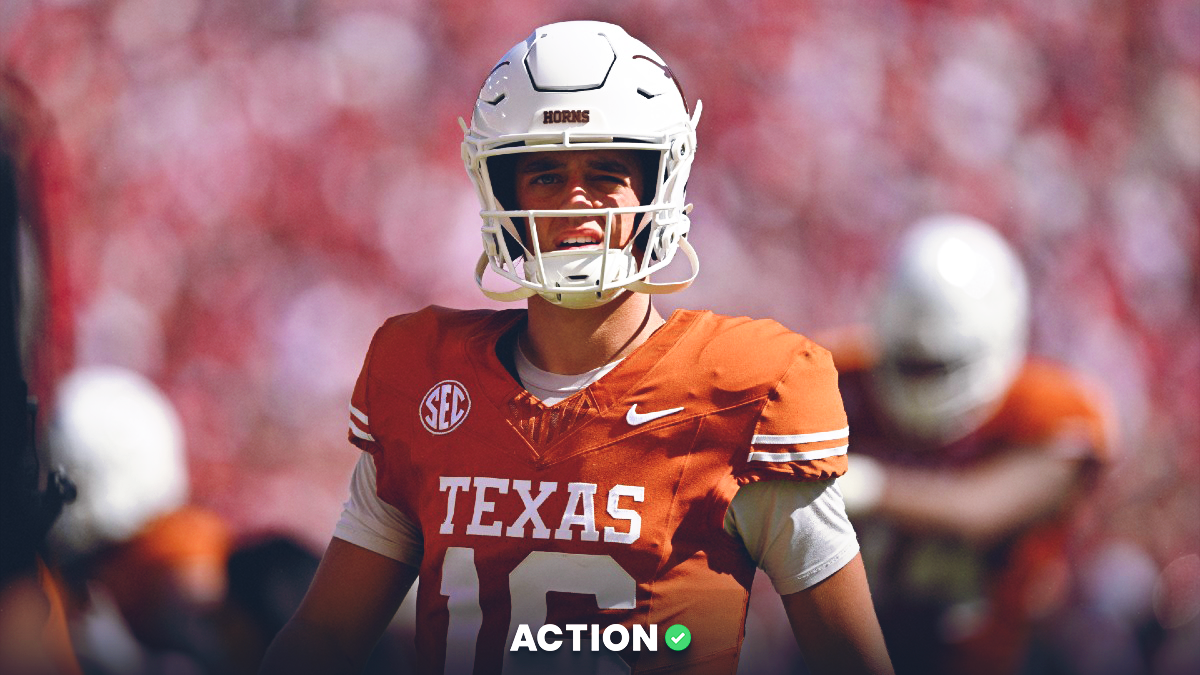LAS VEGAS — The 10 schools leaving the Pac-12 will still play in Pac-12 affiliated bowls the next two seasons and not in bowl tie-ins with their new conferences, Big 12 commissioner Brett Yormark told Action Network.
The former Pac-12 schools will not play in bowls with their new conferences for multiple reasons, conference and bowl sources told Action Network. In February, Action Network reported the Pac-12 schools likely would remain affiliated with the Pac-12 bowl lineup.
The contracts between the conferences and the bowls don’t end until after the 2025 season. With only Oregon State and Washington State remaining in the Pac-12 in 2024, the six bowls with Pac-12 ties could not be filled without drawing from other conferences.
Because of the mass exodus of Pac-12 schools, all of the stakeholders involved determined the former Pac-12 programs — known as “Pac-12 legacy schools” — plus Oregon State and Washington State would remain with Pac-12 bowls until the new bowl contracts begin in 2026.
After the 12-team College Football Playoff field is selected, the former Pac-12 bowl-eligible teams will be considered part of the Pac-12’s bowl pool. This will keep Oregon, UCLA, USC and Washington (Big Ten), Arizona, Arizona State, Colorado and Utah (Big 12), and Cal and Stanford (ACC) from participating in their new conference bowl games until 2026.
The six Pac-12 bowl tie-ins in 2024 and 2025 are the Alamo, Holiday, Las Vegas, Sun, Los Angeles, Independence (in 2024)/ESPN event bowl (in 2025).
The Rose Bowl, now part of the College Football Playoff rotation, is no longer tied to the Pac-12.
How the Pac-12 bowls will be filled remains unknown. Because the teams would be chosen from different conferences, the selection order likely won't be based on conference records.
The Alamo Bowl has the first pick from the Big 12 and Pac-12 after the College Football Playoff. It will be able to select any Pac-12 legacy school or Oregon State/Washington State, regardless of record as long as the teams are bowl-eligible.


